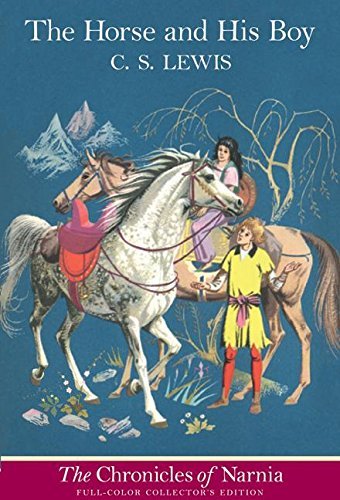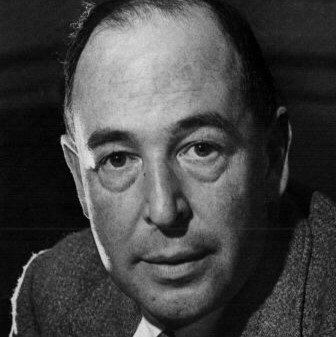For decades now, Harry Potter and the Twilight series have been prominently stacked in the all the bookstore windows. (What bookstores remain.) These young adult (YA) novels, along with dozens of others, have spurred the ongoing discussion of how adults can and often do enjoy the same novels as their children and teens. Moreover, that discussion has involved debate and moral judgments about whether adults should be reading YA Lit, which is interesting since books are only categorized and shelved as “YA Lit” by publishers and marketers. But in any case, it’s no secret that due to the popularity of many YA novels (and their movie adaptations) with multiple generations, YA Literature is now being marketed to both teens and adults.
Seeing all these new(er) YA series might make you think back to even older novels from your own childhood. Maybe you’d like to pick up copies of those beloved books for your kids, or even to reread yourself – and I am personally in support of reading children’s classics and YA novels as an adult. Many of these stories are magical in one way or another, even if they aren’t traditional fantasy novels. They are a great way to escape daily life for a few hours, whether you visit you spend that time in a fantasy land with dragons and hobbits or simply step back into an idealized form of childhood. So if you didn’t already indulge your desire for childhood classics and YA series during the pandemic, now is the time to pick up some of those novels and let them transport you to another world.
Among the children’s classics that you should revisit, The Horse and His Boy by C.S. Lewis should be at the top of your list. Or maybe it will even be your first reading of the novel if you pick it up as an adult. Truth be told, it’s a hidden gem that is appreciated by fans of Lewis but has never gotten as much attention as it deserves from the general public. Many people have heard of The Lion, the Witch, and the Wardrobe, the first in Lewis’s series The Chronicles of Narnia, even if they aren’t avid readers of Children’s Literature or Fantasy. You’re probably aware of the film adaptations of The Lion, the Witch, and the Wardrobe, which include a BBC production in the 1980s that was broadcast on PBS and the Disney/Walden Media movie released in 2005. In 2024, there is a great deal of buzz surrounding the upcoming Netflix production of a Chronicles of Narnia series to be directed by Greta Gerwig, the young auteur who has already made both a stunning adaptation of Little Women and the sharp 2023 satire about Mattel’s Barbie. But while The Lion, the Witch, and the Wardrobe is well known, the rest of Lewis’s Chronicles enjoy less fame, and The Horse and His Boy is often overlooked by mainstream readers.
I think The Horse and His Boy gets overlooked in part because the story does not seem to have a big impact on the overall fate of Narnia, the kingdom that is the focal point of the Chronicles. In the other novels, young heroes and heroines journey across dangerous lands and seas, attempt rescue missions of Narnian noblemen and princes, and go to battle to save the kingdom. The scope of The Horse and His Boy starts out on a more personal scale, telling the story of two runaway children and their Narnian talking horses. Yet readers will enjoy (re)discovering this tale of flight and mistaken identity, which includes many harrowing escapes and grows to include a plot to kidnap a Narnian queen. Shasta, his fellow runaway Aravis, and their horses Bree and Hwin may not be particularly complex characters, but the way that Lewis weaves together the story of their getaway with the tale of a third child’s flight will hold the reader’s attention – almost as much as Shasta’s fearsome encounter with the great lion Aslan.
But although this book has a great plot, be aware that the novel does not depict different races in a positive light – Lewis describes the Narnians as fair and noble, in contrast with the swarthy, proud, and selfish Calormenes. I read these descriptions as depicting the tensions between the West and the Middle East in very cut-and-dried terms. The white guys are the good guys here without question, although there are some sympathetic Calormenes. If you are planning to give this book to your children to read, the treatment of race is definitely an important subject for discussion. But keep in mind what Lewis probably thought of as the most important element of his story: ultimately Narnians and Calormenes alike had to submit to the authority of Aslan, the representation of God in the Chronicles of Narnia. Aslan is wiser than even the most gentle and good of the Narnian kings and the most humble and beloved of the Narnian talking horses.
Lewis was famously a Christian author, but the religious undertones in the novel aren’t so overt that readers of other faiths won’t be able to enjoy the adventure story or learn from its quietly spiritual lesson of humility. In fact, although my own spiritual journey has been very convoluted, the scene from The Horse and His Boy when Shasta encounters Aslan has always resonated very deeply with me, no matter what my beliefs might be each time I revisit the novel. I won’t describe the scene here because I wouldn’t want to ruin the truly powerful experience of reading it for yourself. But suffice it to say that I think most people who believe in any sort of god or universal force will find this scene very moving.
I believe that we all stand to gain by examining the concepts of spirituality and humility, and one of the things that I love about Lewis’s Chronicles is that they thoughtfully introduce spirituality in a way that makes sense to both children and adults. And while Lewis’s novels are a long way from the steamy Twilight series, The Horse and His Boy and the other Chronicles are not so different from the later Harry Potter books in this respect. One of the most important things that children’s literature and YA novels can do is explore universal themes like mortality and spirituality while entertaining readers, emphasizing the storytelling and avoiding a didactic tone. In this, Lewis always excels with incredible skill, grace, and imagination.



This website was created with a lot of love, Coke Zero, and tacos by Kumquat Creative.